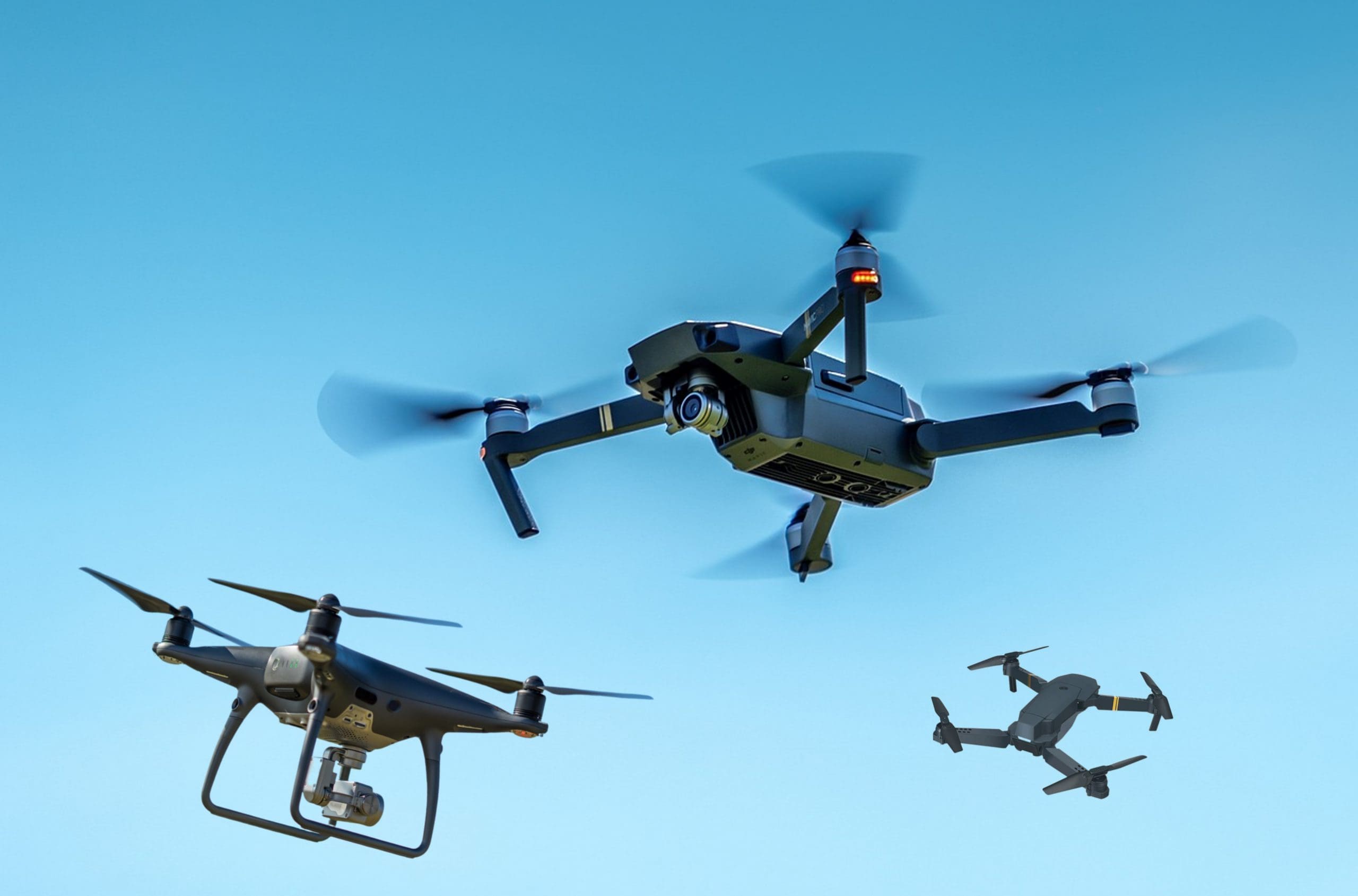This post is also available in:
 עברית (Hebrew)
עברית (Hebrew)
A new family of unmanned ISR and precision lethal strike systems was revealed by Puerto Rico-based drone technology company Red Cat Holdings. The system is reportedly meant to be an alternative to high-cost and non-retrievable conventional ISR/strike systems and fulfill the needs of the Pentagon’s Replicator Initiative for swarms of low-cost “attritable” ISR and surgical strike drones that can be deployed in air, land, sea, and sub-sea environments.
Red Cat CEO Jeff Thompson stated: “The entire nature of warfare and use of drone technology is undergoing a fundamental shift, and this new family of systems will completely disrupt the traditional ISR and loitering munition systems market… Warfighters will be able to choose the right combination of drones and payloads for their specific missions and have access to an ecosystem of tactical AI, computer vision, and machine learning software that can positively identify threats and then have the option to engage and eliminate those targets.”
According to Interesting Engineering, this new drone family includes three aircraft with complementary capabilities and a common Ground Control System (GCS):
Edge 130 Blue is a Hybrid VTOL system that can be assembled and ground or hand-launched by a single user within one minute, used to capture high-accuracy aerial imagery with long-range autonomy. It has a flying capacity of over 2 hours and incredible endurance.
FANG is a First-Person View (FPV) drone with precision strike payload capabilities and a 10-minute flight time. These FPV drones could be combined and deployed with lethal payloads and ISR drones based on the needed capabilities of the mission.
Teal 2 is a small unmanned aircraft system with incredible night vision, multi-vehicle control, and a fully modular design. It has a flight time of 30 minutes and can be used together with FPV strike drones to provide battle damage assessment once a target has been engaged.
“We are at the forefront of a new innovation cycle for the drone industry. Technology integrations and partnerships that connect and optimize this new family of systems will play a significant role in its success… Open architecture and established relationships with some of the leading hardware and software companies in autonomy, AI, machine learning and computer vision will enable us to expand our capabilities over time,” concluded Red Cat CTO George Matus.


























